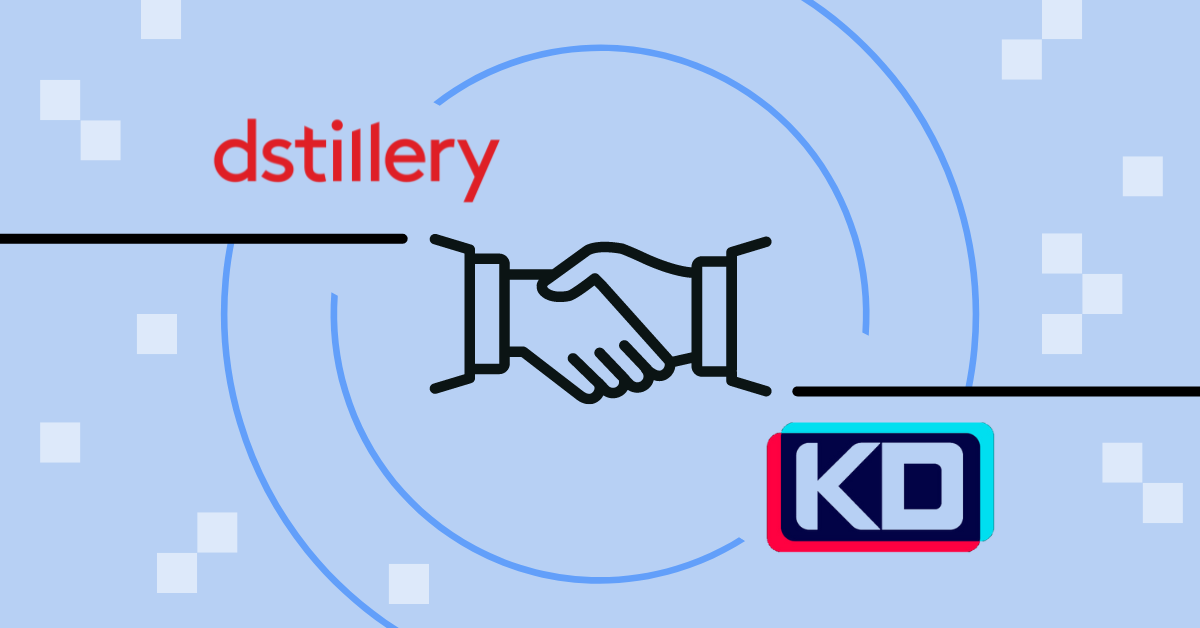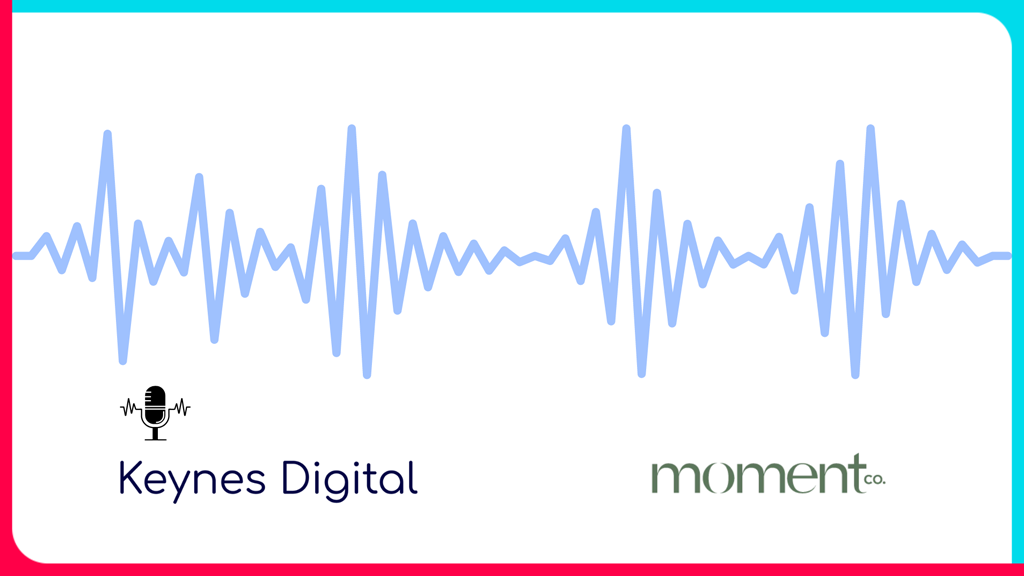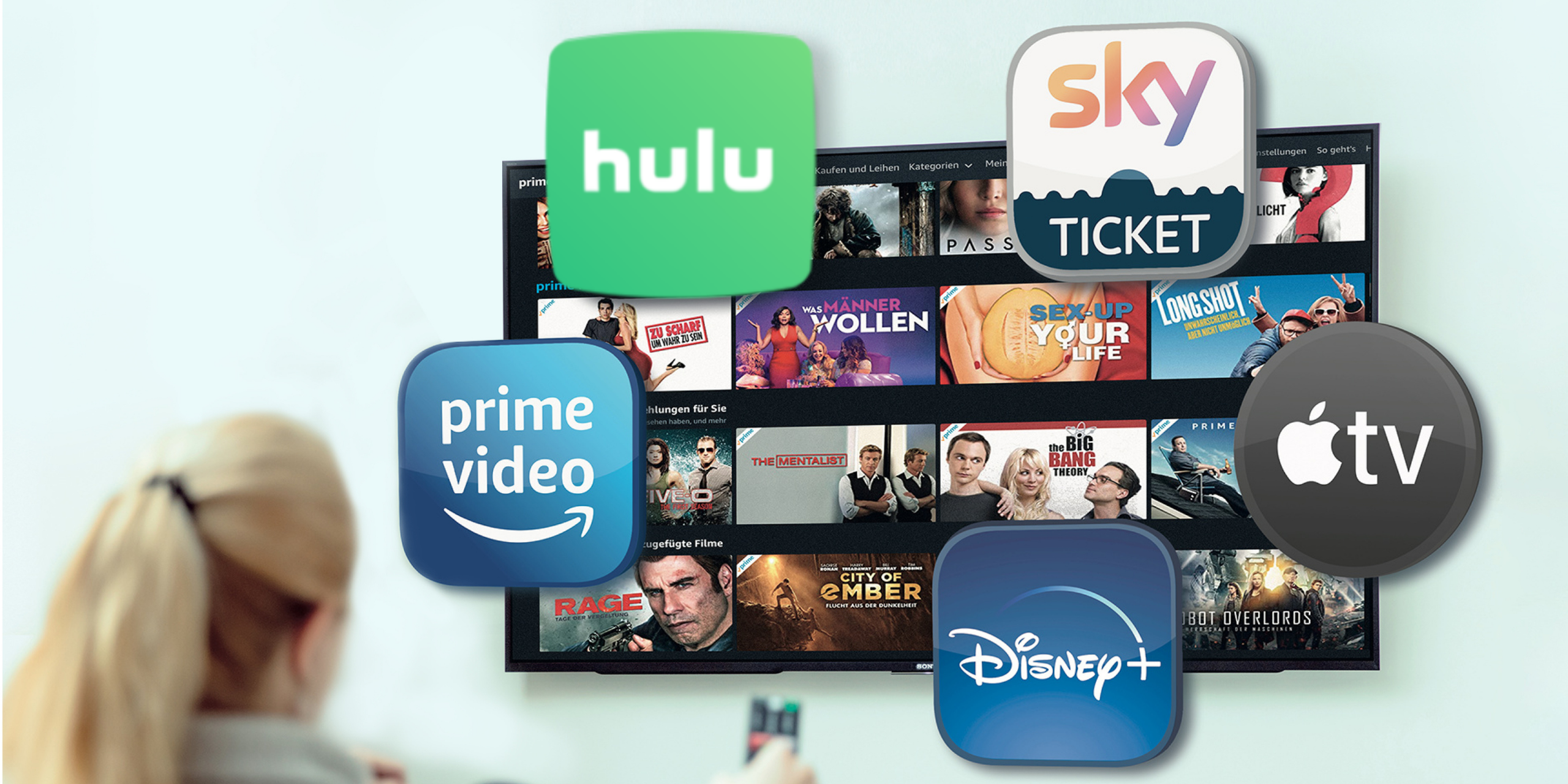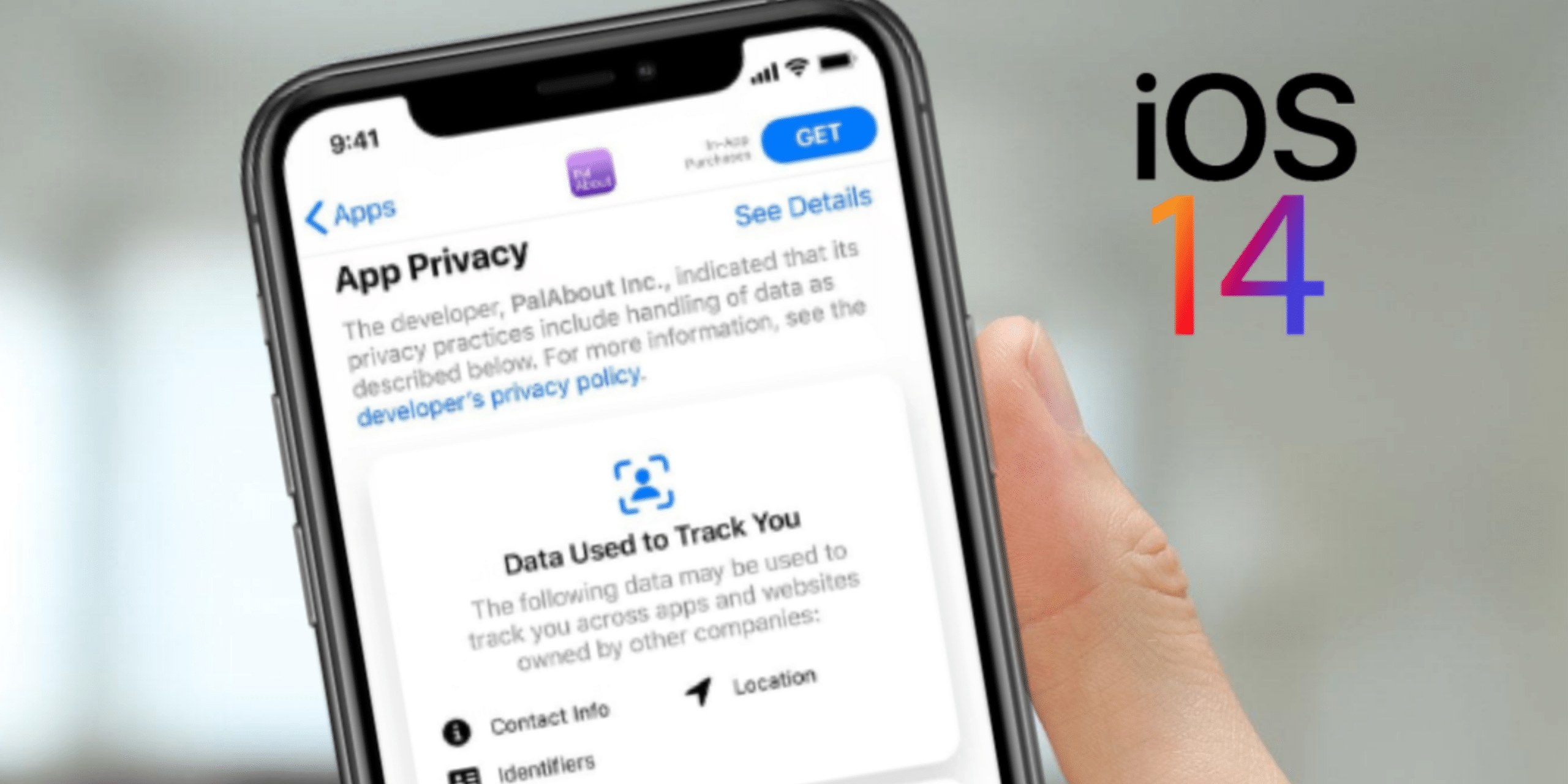Ah, the age-old debate of content targeting versus programmatic audience targeting for connected TV advertising. On one hand, you have content targeting, the tried and true method of buying television ad space directly from the networks. Then there’s programmatic audience targeting, a modernized, data-driven approach to buying ad space. So, which one is better?
Well, let me put it this way. Content targeting is like buying a car without power steering. You can get around, but it’s going to take a lot more effort and you may end up going in circles. Programmatic audience targeting, on the other hand, is like having a car with power steering. You can get around much faster and with a lot less effort.
So why is programmatic audience targeting better than content targeting? Let me count the ways!
First, programmatic audience targeting allows you to target audiences at scale. You can easily target users based on their demographics, interests, and behaviors, so you can reach the right people with the right message. Content targeting, on the other hand, is limited to the networks you buy from.
Second, programmatic audience targeting allows you to optimize campaigns in real time. You can easily adjust your targeting parameters and budgets to get the best performance from your campaigns. With content targeting, you’re stuck with the same parameters and budgets until the end of the campaign.
Third, you get better insights with programmatic audience targeting. You can easily track performance metrics like Cost-Per-Acquisition (CPA), Return-On-Ad-Spend (ROAS), Cost-Per-Visitor (CPV), Completion Rates and many more. With content targeting, you don’t get nearly as much granular data.
And there you have it. When it comes to connected TV advertising, programmatic audience targeting is the clear winner.
So if you’re looking for a faster, easier, and more insightful way to buy ad space, programmatic audience targeting is the way to go.














